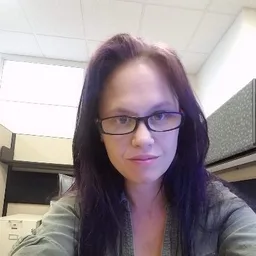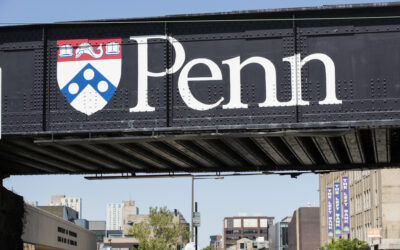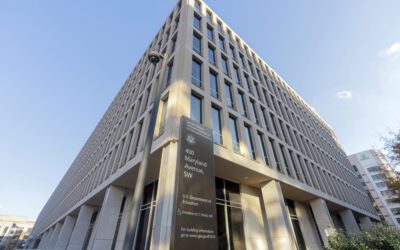
The Pennsylvania School Board Association’s annual State of Education report found that the biggest challenges facing school districts in the commonwealth are student mental health concerns, staffing shortages, and school finances.
For the fourth straight year, a statewide report on public education in Pennsylvania showed that student mental health concerns soared above all other classroom needs.
According to the 2024 Pennsylvania School Board Association’s (PSBA) State of Education report, student mental health concerns are a top priority for school districts and there’s no indication from the data that the problem is receding. In fact, it might be getting worse, as the schools surveyed pointed out a lack of mental health providers in many districts.
The report, which is based on survey responses from 276 of the state’s 500 school districts, shows that schools are still dealing with many of the challenges presented by the pandemic.
Right behind mental health, the report highlights increased staffing shortages as another major strain on school districts along with finances.
Here are some other key takeaways from the PSBA’s report:
Public education landscape
Pennsylvania ranks 7th nationally in public school enrollments, with close to 1.7 million students.
Of the nearly 1.7 million school-age children in Pennsylvania, 90% were enrolled in public schools during the 2022-23 school year. The six other states with higher public school enrollments are California, Texas, Florida, New York, Illinois, and Georgia.
The breakdown of enrollment across all public local education agencies in the state is as follows:
- 500 school districts – 1.5 million students
- 164 charter schools – 104,500 students
- 71 career and technology centers – 52,700 students
- 13 cyber charter schools – 57,400
Addressing student mental health and staffing shortages
Approximately 66% of school districts surveyed say student mental health needs are their biggest challenge, followed by staffing shortages.
School leaders reported that on average, nearly half of their students, or 46.4%, have some degree of mental health need. Nearly half of survey respondents also said that 60% or more of their students have a mental health need.
With student mental health such a pressing issue, many school districts have worked to expand their programs and services to address the growing need, but many point to a shortage of qualified care providers, such as school counselors and psychologists, as another pressing issue.
The staffing shortages extend not just to teachers, but to the instructional aides, nurses, psychologists, social workers, and special education professionals who support teachers.
Almost every school district reported experiencing a shortage of substitute teachers for the last three years. An overall teacher shortage began years ago in the state and was accelerated by the COVID-19 pandemic.
Substitute teachers are often new teachers who haven’t landed a permanent job, others who don’t have the needed Pennsylvania certification, or retirees who are usually older.
Although the need for special education teachers outpaces all other certification areas, secondary-level math and science teachers are in high demand across the state.
School finances
Pennsylvania ranks 11th nationally for expenditures per student, spending more than $17,000 per pupil. The highest state is New York at more than $25,000 per student.
Expenditures include salaries, employee benefits, purchased services, tuition, supplies, and other instructional items.
However, of the $17,884 spent per student by the commonwealth, $5,948, or 33%, of that is dedicated to employee benefits, including pension costs. Only two other states have a greater portion of spending per student dedicated to employee benefits.
In the 2022-23 school year, 59.4% of every dollar (60 cents) school districts spent went toward instruction. Instruction costs include salaries, employee benefits, purchased services, tuition, supplies, and other expenditures.
The breakdown of the rest of expenses per student is as follows:
- Administrative services – 8%
- Operation and maintenance of facilities – 7.9%
- Debt service and other financing – 7.8%
- Instructional support services – 6.4%
- Student transportation – 4.6%
- Fund transfers – 3.2%
- Student activities – 1.5%
- Student health services – 1.1%
- All other uses – 0.1%
Mandatory charter school tuition payments were the top source of budget pressure for the fifth consecutive year. Under current state law, a school district’s charter tuition rates are based on the district’s expenses. While mandated expenses have continued to increase, so have tuition rates. As a result, school districts’ charter tuition payments have kept increasing even while charter school enrollment growth has slowed.
Support Our Cause
Thank you for taking the time to read our work. Before you go, we hope you'll consider supporting our values-driven journalism, which has always strived to make clear what's really at stake for Pennsylvanians and our future.
Since day one, our goal here at The Keystone has always been to empower people across the commonwealth with fact-based news and information. We believe that when people are armed with knowledge about what's happening in their local, state, and federal governments—including who is working on their behalf and who is actively trying to block efforts aimed at improving the daily lives of Pennsylvania families—they will be inspired to become civically engaged.


English language being taught to students from around the world at one Pittsburgh high school
To kick-start Hispanic Heritage Month, students at Brashear High School festooned the building’s south wing corridors with bright murals, forming a...
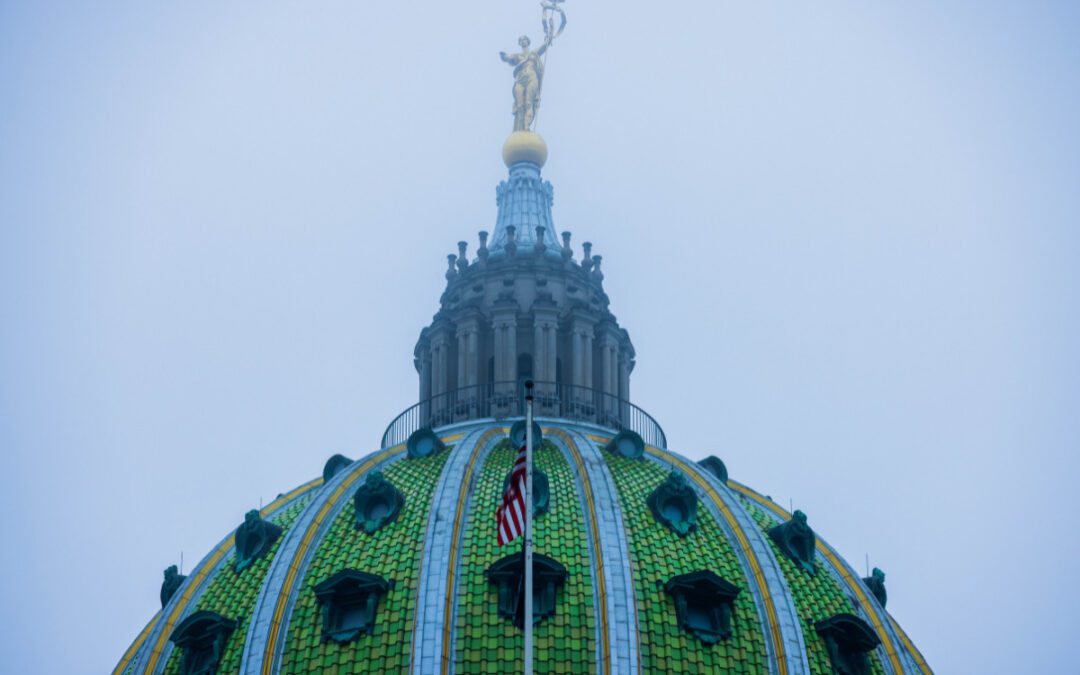
School weapon alerts bill heads to governor
Senate Bill 246 gives schools 24 hours to notify parents, staff about weapons incidents. Pennsylvania schools will be required to notify parents and...
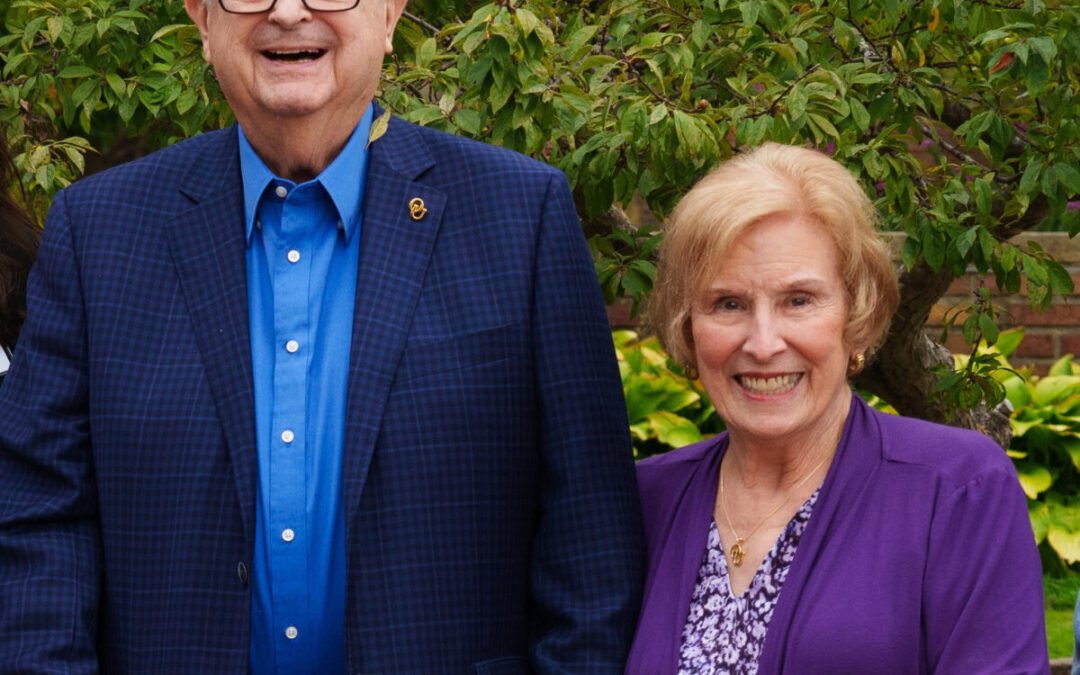
Bloomfield Township couple gives $10 million to Oakland University
Longtime Oakland University supporters Donna and Walt Young are giving $10 million to the school, which will name its Honors College after them....

Penn State trustees approve sale of WPSU assets to Philadelphia public media group WHYY
The board received more than 1,300 comments in support of options to keep the central Pa. broadcaster on air. Penn State University’s Board of...
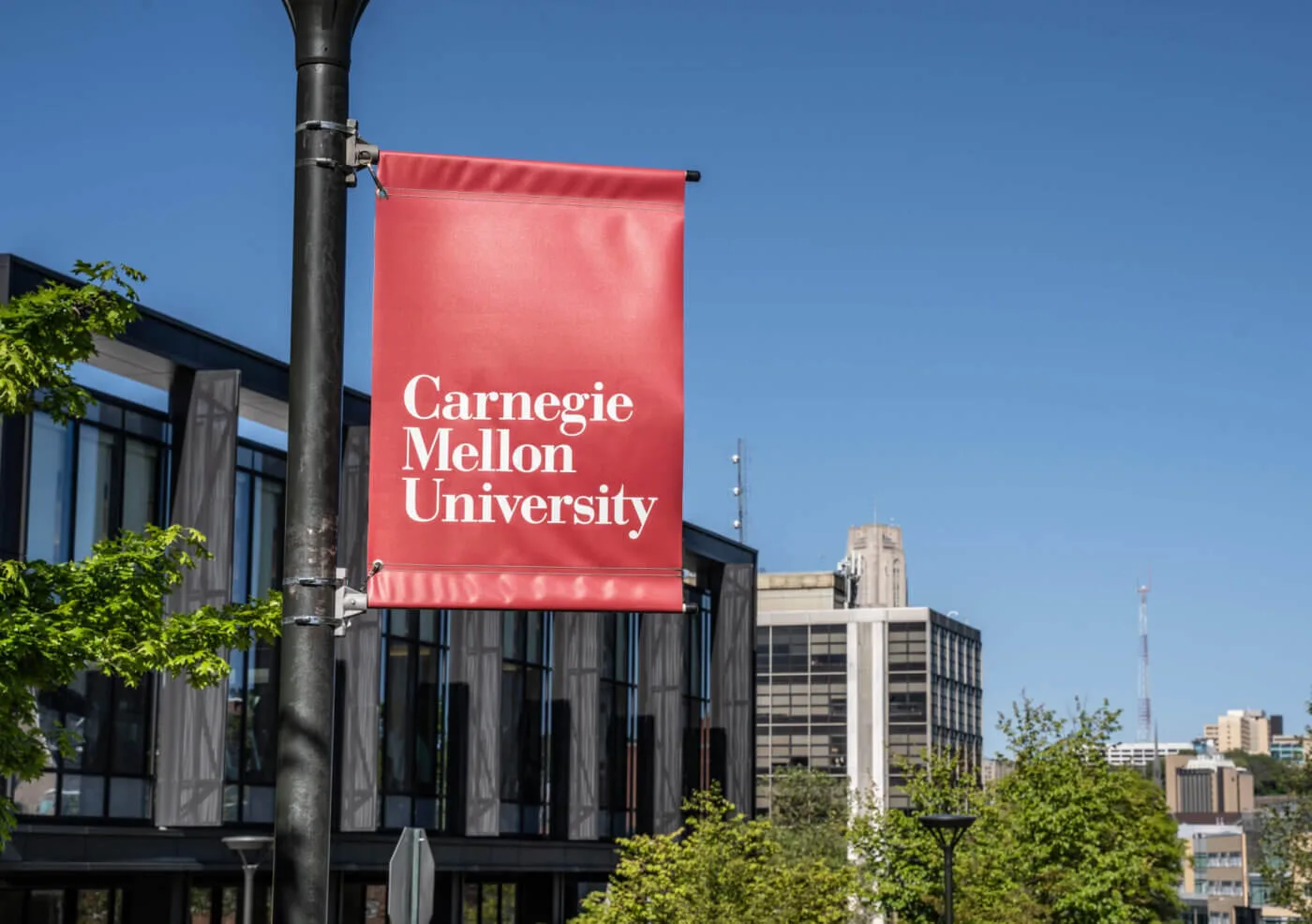
Pennsylvania colleges, universities earn failing grades in free speech report
Fifteen Pennsylvania colleges and universities drew failing grades on free speech friendliness in an evaluation recently released by a First...

